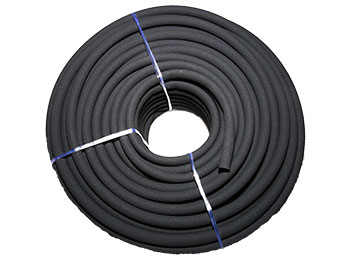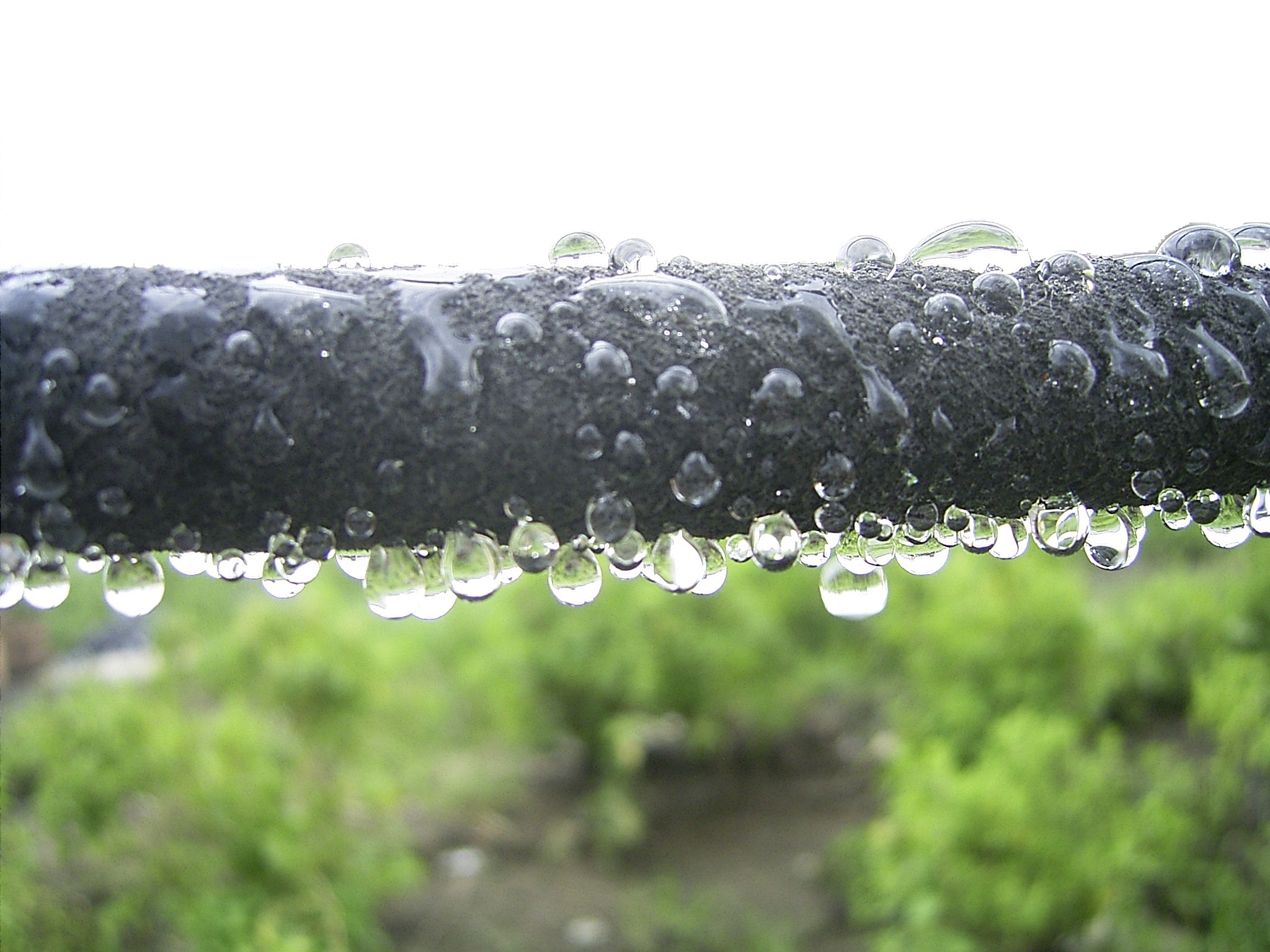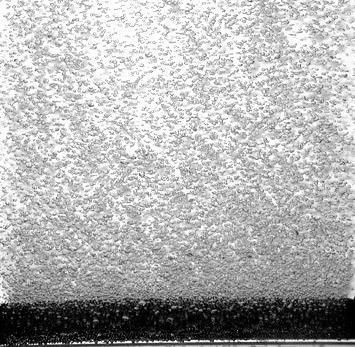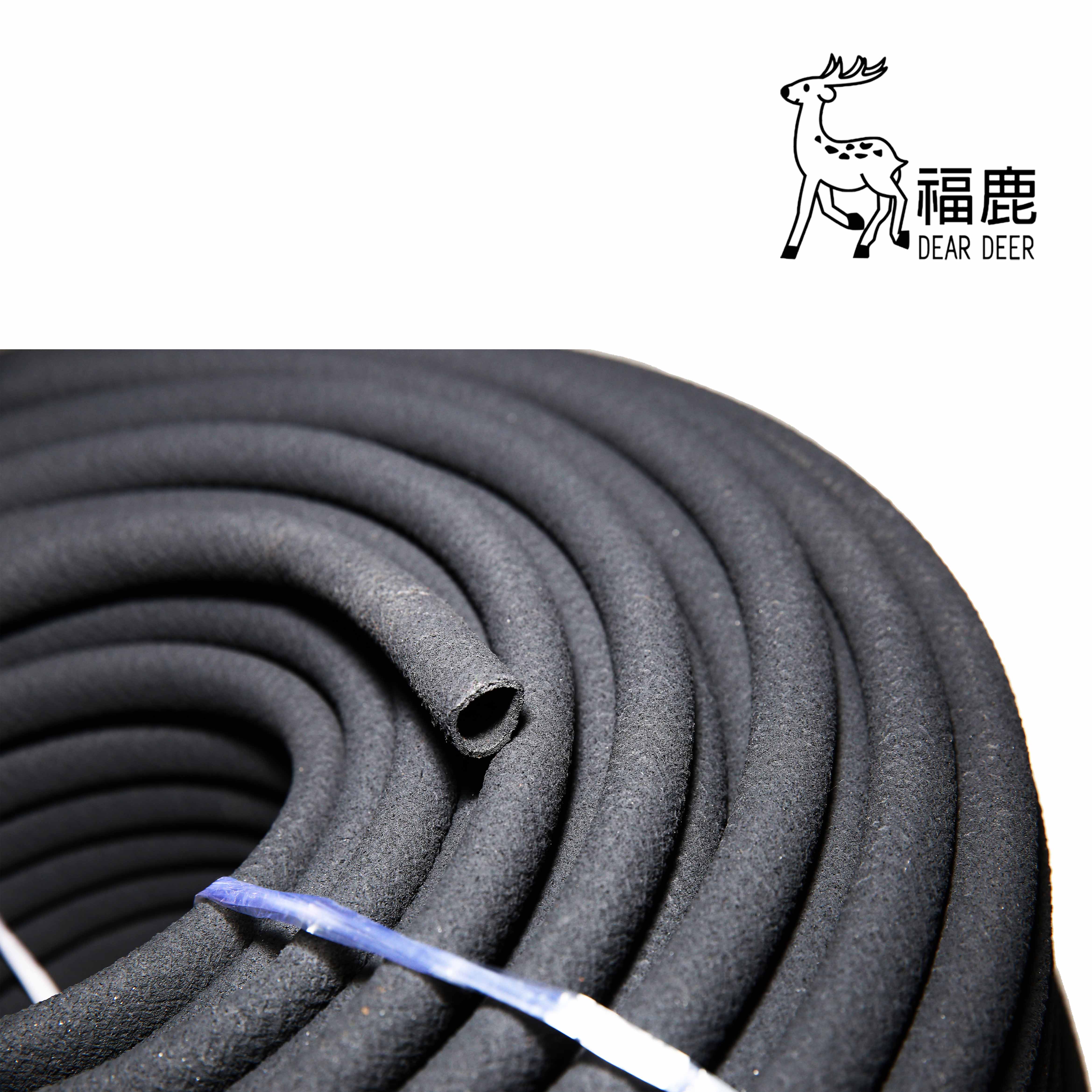
Home > Products > Soaker hose for gardening, greenhouse, vegetables, flowers, fruits, bushes, shrubs, tree to drip BJ-400
Soaker hose for gardening, greenhouse, vegetables, flowers, fruits, bushes, shrubs, tree to drip BJ-400





Using soaker hoses used in gardens, farmland or greenhouses can save water,
Features
Seep Soaker Hose is a foam-like hose wall with very tiny pores let water or air to seep out. Compare seeping soaker hose vs drip hose, seep soaker an all-wall drip hose so it is not clogged quick and drip more water.
When it is laid on seep soaker hose seep water on the ground for garden irrigation or farm irrigation.
When it is buried underground seep soaker hose seep water under the ground for garden irrigation or farm irrigation. the advantage is the water irrigate at roots of plants and the hose is invisible on the ground.
The type of seep soaker hose used for aeration has tinier air holes. When air is filled in foam-like wall hose with tinier air holes it will let air seep out and tiny bubbles will fill in water for aeration.
Can you connect soaker hoses together?
With soaker hose connectors, install soaker hose DIY is easy.
How long do you run a soaker hose?
Around 15m for garden.
How do you install a 1/4 soaker hose?
With soaker hose connectors, install soaker hose DIY is easy.
Can you water a lawn with a soaker hose?
Water a lawn with a soaker hose, it had better bury soaker hose underground with filter at head.
When it is laid on seep soaker hose seep water on the ground for garden irrigation or farm irrigation.
When it is buried underground seep soaker hose seep water under the ground for garden irrigation or farm irrigation. the advantage is the water irrigate at roots of plants and the hose is invisible on the ground.
The type of seep soaker hose used for aeration has tinier air holes. When air is filled in foam-like wall hose with tinier air holes it will let air seep out and tiny bubbles will fill in water for aeration.
Can you connect soaker hoses together?
With soaker hose connectors, install soaker hose DIY is easy.
How long do you run a soaker hose?
Around 15m for garden.
How do you install a 1/4 soaker hose?
With soaker hose connectors, install soaker hose DIY is easy.
Can you water a lawn with a soaker hose?
Water a lawn with a soaker hose, it had better bury soaker hose underground with filter at head.
Specification
| Size | Length |
| 1/4” | 100 m |
| 1/2” | 15 m |
| 5/8” | 15 m |
Safety/Quality Approvals
ISO9001:2015, TÜV Rheinland, DUNSCertified
Other 1
Soaker Hose is an all-wall drip hose. So, it is named as weeping hose. Soaker hose is used for garden, greenhouse, vegetable, flower, shrubs, trees irrigation or aeration for aquaculture, sewage treatment
Other 2
Can you connect soaker hoses together?
With soaker hose connectors, install soaker hose DIY is easy.
How long do you run a soaker hose?
Around 15m for gardern.
How do you install a 1/4 soaker hose?
With soaker hose connectors, install soaker hose DIY is easy.
Can you water a lawn with a soaker hose?
Water a lawn with a soaker hose, it had better bury soaker hose under ground with filter at head.
With soaker hose connectors, install soaker hose DIY is easy.
How long do you run a soaker hose?
Around 15m for gardern.
How do you install a 1/4 soaker hose?
With soaker hose connectors, install soaker hose DIY is easy.
Can you water a lawn with a soaker hose?
Water a lawn with a soaker hose, it had better bury soaker hose under ground with filter at head.











